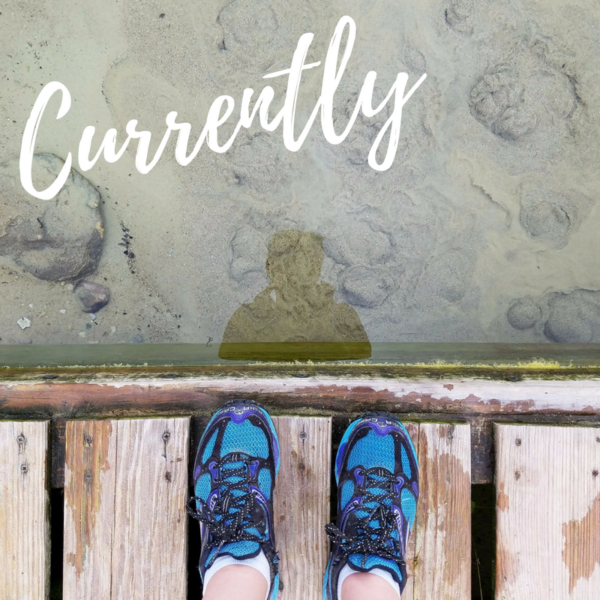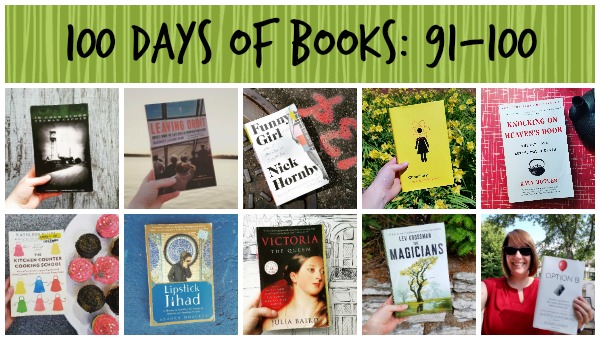
This is the end! I officially wrapped up 100 Days of Books on Instagram on July 12, a feat that was (and still is) incredibly satisfying. When I the project back in April, I honestly wasn’t sure if I’d make it all the way through. I don’t have a great track record completing things like this, and I worried that I would run out of ideas before the 100 days was complete.
As I got into it, I realized how much I loved this review format and the push it gave me to think more creatively about book photography. The timing also ended up being perfect – I was laid off shortly before the project started, so I had extra time and mental space to work on it, and it helped me feel like I was doing something worthwhile during this time of transition. I’m really grateful for that.
I’m also thankful for everyone who followed along and left encouraging comments along the way. It was really energizing, especially on days when I was behind or felt like I didn’t have a strong idea for my next post. Community is the reason I’ve kept my book blog going for so long, and I loved finding even more of that on Instagram. My goal is to continue to share books there with photos and short reviews, and then find a way to bring that here to the blog (but not in such long post!). But before that happens, here are my last 10 books of the project.
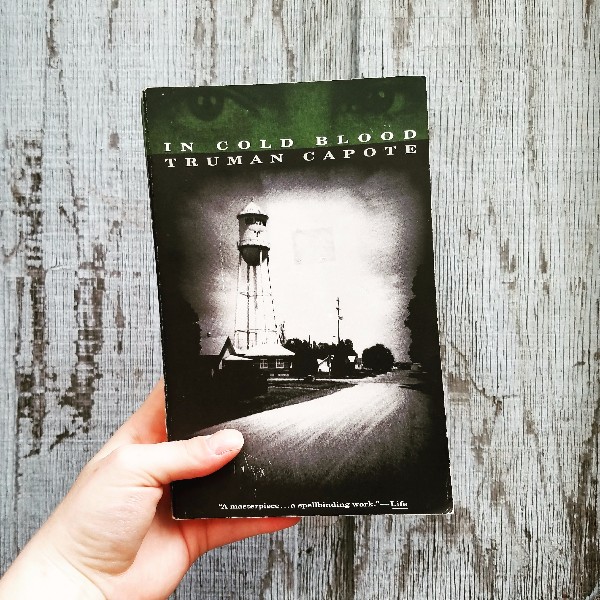
91. In Cold Blood by Truman Capote
On November 15, 1959 four members of a prominent Kansas family – Herb, Bonnie, Kenyon and Nancy Cutter – were brutally murdered for no apparent reason. In Cold Blood by Truman Capote follows the entire investigation, piecing together the day of the crime and the days after from the perspective of the investigators and the murderers. After the murders, the killers fled Holecomb and made an ill-conceived escape to Mexico with no money and no options before they were arrested back in the United States. Capote is there for the entire process — capture, trial, and eventual execution — and he details those events with a chilling clarity and eye for detail. I’m not sure I’d universally recommend this book – it’s creepy and often very hard to read – but it has certainly earned its reputation as a classic of narrative nonfiction.
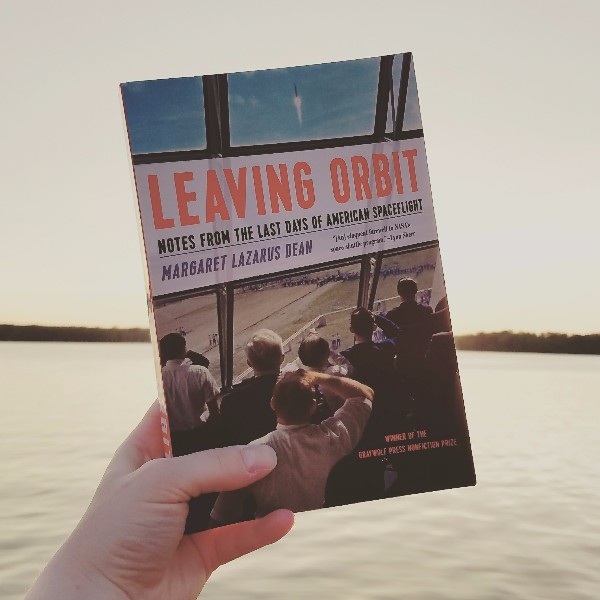
92. Leaving Orbit by Margaret Lazarus Dean
I spent a good chunk of last year obsessed with books about space. Leaving Orbit by Margaret Lazarus Dean, a look at the last days of the American space shuttle program, was one of my favorites. Dean isn’t an astronaut or expert, she’s just a curious space enthusiast. In the book, Dean offers a history of American spaceflight while also chronicling the last three shuttle flights before the program was shut down. She looks to previous writers on space – Norman Mailer, Tom Wolfe, and Oriana Fallaci most deeply – and writes about the experiences of other NASA employees and space fans. Although it’s a slightly meandering book, I thought it was very engaging. Dean asks good questions, looks to many sources for answers, and isn’t afraid to deeply engage with her subject. I loved this one.
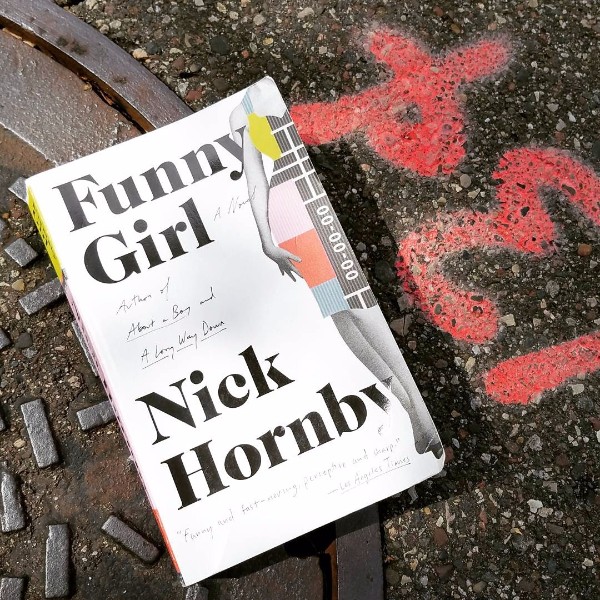
93. Funny Girl by Nick Hornby
There are certain times when I just want a nice book to consume. In those moods, I find myself looking for a book that’s both light and charming, with a plot that moves along simply and characters that I connect with in some way. Last fall, the book that hit that sweet spot for me was Funny Girl by Nick Hornby. The book tells the story of Sophie Straw, a working class woman in 1960s London hoping to break into show business. She manages to get her big break as a comic actress, starring in a sitcom about a couple from opposite sides of an economic divide. The book then follows the cast and crew of the show as they age, pushing and pulling against social trends to try and stay relevant and funny for viewers. This novel is just lovely, emotional without being overly sentimental, just a really easy book to fall into and enjoy.
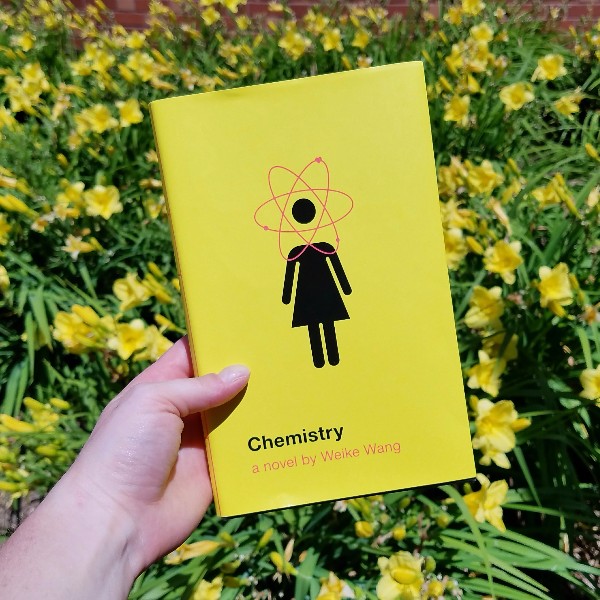
94. Chemistry by Weike Wang
Chemistry by Weike Wang was an impulse buy just before my Fourth of July cabin trip last weekend. I think the book made it on my radar because of the plot description: “a luminous coming-of-age novel about a young female scientist who must recalibrate her life when her academic career goes off track.” At a moment when my life feels a little derailed, I had a sense of kinship with the unnamed chemist at the center of this story. Chemistry is told in little vignettes, almost like diary entries, that leave a lot to the imagination, but still give this young woman a very specific voice. I loved reading about her struggle, seeing the steps she was taking to try and figure out what might be next, and reading between the lines in the moments when she wasn’t able to see herself clearly. It’s an odd little book, but one I liked a great deal.
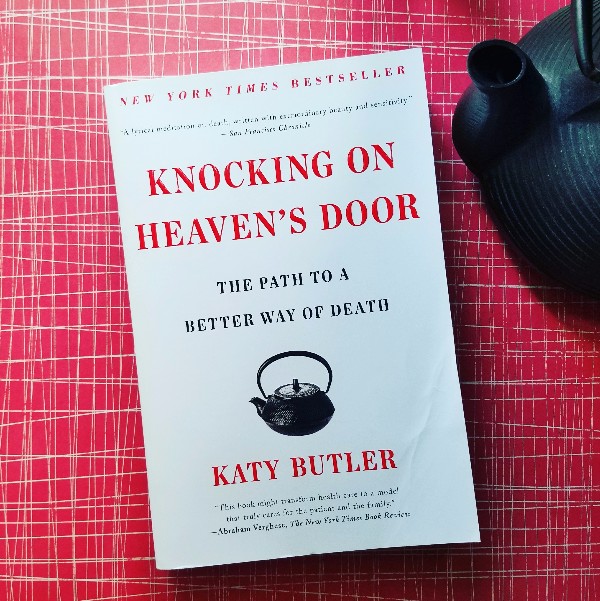
95. Knocking on Heaven’s Door by Katy Butler
In 2010, Katy Butler wrote a wonderful, devastating piece for the New York Times Magazine called “What Broke My Father’s Heart.” In the essay, Butler shares the story of her father’s life after a severe stroke. At one point, in order to complete a relatively simple surgery, doctors fitted her father with a pacemaker. This pacemaker kept his heart beating strongly while his mind and the rest of his body began to fail. In Knocking on Heaven’s Door, Butler extends out the threads of argument in her essay, making a persuasive case that medicine’s culture of over-intervention is taking away our choice to die with dignity and increasing the overall cost of treatment. The book is well-researched and approaches these issues fairly, but Butler also doesn’t hide her simmering outrage and the way the medical establishment let her father down at the end of his life. It’s an incredible piece of work.
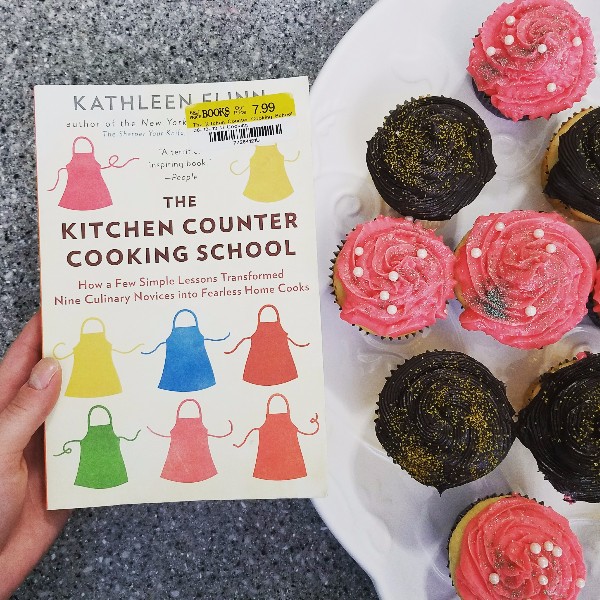
96. The Kitchen Counter Cooking School by Kathleen Flinn
Fresh from her stint at Le Cordon Bleu culinary school in Paris author/chef Kathleen Flinn isn’t sure where her path leads. The idea for her next project comes at the grocery store, when Flinn notices a woman filling her cart full of processed foods. When she gets up the nerve to ask the customer about it, Flinn discovers that the customer wants to eat better, but feels overwhelmed choosing and preparing healthier options. Lightning strike! Flinn decides her next adventure will be to set up a basic cooking school for home cooks that want to do more and cook better, but don’t have the basic skills to get started. The Kitchen Counter Cooking School is an account of Flinn’s first class, and offers practical advice on everything from basic knife skills to reading recipes to developing flavors to getting the most out of every grocery dollar. The best word I can think of to describe this book is comforting – Flinn has an easy writing style, and organizes the book around an amateur cook’s biggest challenges to make it both engaging and helpful.
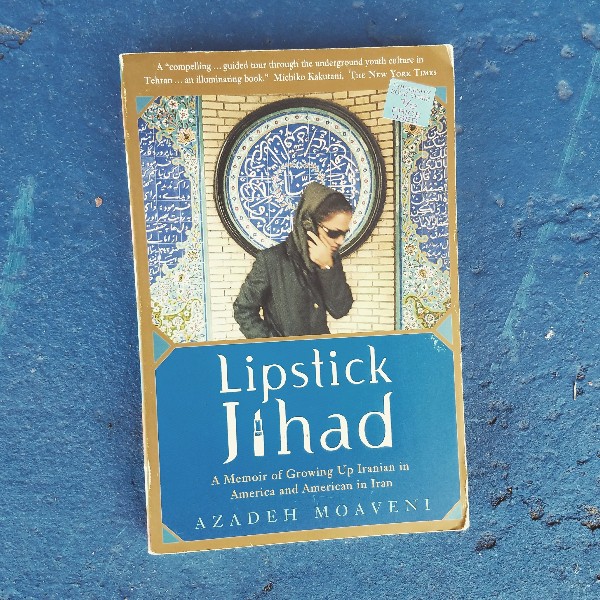
97. Lipstick Jihad by Azadeh Moaveni
Lipstick Jihad is journalist Azadeh Moaveni’s memoir about growing up “Iranian in America and American in Iran.” As a child, Moaveni moved with her mother to southern California, then after college returned to Tehran to work as a journalist. While there, Moaveni discovers a country going through a sort of adolescent struggle to find itself in the face of an oppressive religious regime and a government that can’t seem to get going in the right direction. As Moaveni becomes more accustomed to Iran, she sees how fundamental changes are coming from the bottom up, rather than top down, and that Iran has some potential for change. Although this memoir might be a bit dated by now, at the time I read it I enjoyed it a lot. Moaveni was very good at explaining the complex politics of Iran, while also being a relatable and honest narrator. She is not easy on herself as she tries to adjust to her new country, and she’s open about her faults and struggles. Her second memoir, Honeymoon in Tehran, is also a great read.
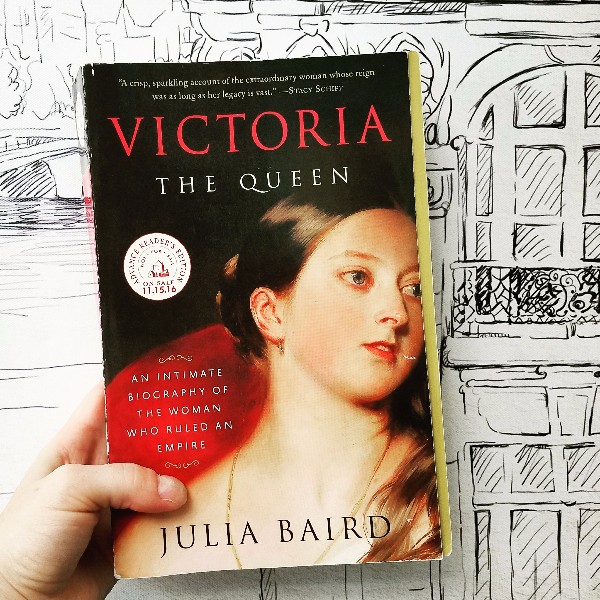
98. Victoria: The Queen by Julia Baird
The one nonfiction book I was able to stick with through the fog of last fall was Victoria: The Queen by Julia Baird, an intimate and personal biography of one of Britain’s longest serving monarchs. Victoria ascended to the throne at just 18, after spending most of her childhood manipulated and sheltered by her mother and her mother’s aide. When she was crowned, it was the first time she was able to make decisions for herself, and she grew into adulthood in the public spotlight. Baird’s biography shows Victoria as passionate, smart, stubborn, and engaged with her kingdom and subjects throughout much of her reign. Although Victoria is probably best remembered for publicly mourning her husband, Prince Albert, for decades, this biography shows how much more there was to her as a monarch and as a woman. I loved the way Baird presented a nuanced look at Victoria and her life, celebrating her accomplishments and pointing out some of her public and private mistakes. This biography is huge, almost 500 pages before the endnotes and sources, but well worth the time it took me to read it.
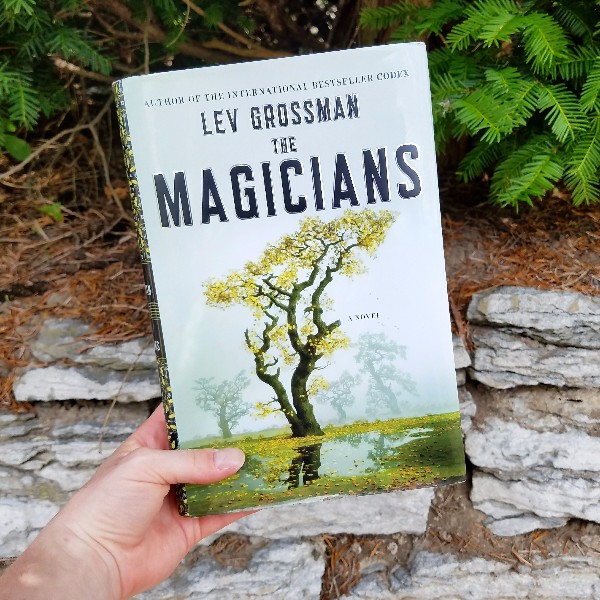
99. The Magicians by Lev Grossman
If you are a regular blog reader, you probably know but my love for The Magicians and the rest of the Magician’s Trilogy by Lev Grossman. Quentin Coldwater has always loved fantasy and magic, so when he gets the chance to attend a college for magicians, he jumps at the chance. Magic, it turns out, is a lot darker and a lot more difficult than the books made it seem. After graduation, Quentin and company head into the real world, where they learn that the wizarding community has set up a fund so that real life wizards don’t really have to do anything… which is the moment when this book, and the rest of the trilogy, really takes off. I loved so much about this series, like the way it challenges and admires the tropes of fantasy, and the serious questions it asks about happiness and finding meaning in our lives. Quentin can often be an annoying, whiney narrator, but the magicians around him are a delight. This trilogy veers into some pretty dark territory, but it’s easily one of my favorites.
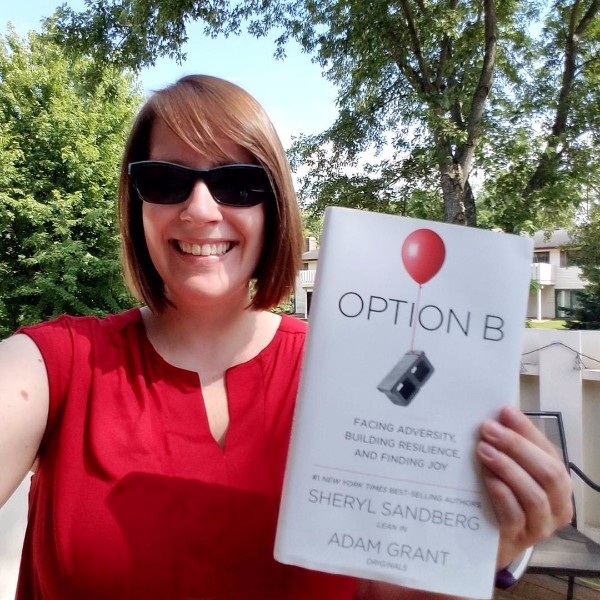
100. Option B by Sheryl Sandberg and Adam Grant
To close out this project I wanted to share the book that’s been the most influential for me this year: Option B by Facebook COO Sheryl Sandberg and Wharton professor Adam Grant. In the book, they explore the ideas of “facing adversity, building resilience and finding joy” after significant loss and setbacks. The main thread of the book is Sandberg’s experience after the sudden death of her husband, Dave Goldberg, while on vacation in Mexico. Sandberg writes movingly about finding her husband’s body, telling her children about their father’s death, and the loneliness and isolation of widowhood. The sections of the book on resilience research are equally as interesting, and provide a nice counterbalance to Sandberg’s personal narrative. Given that so much of my last year has been taken up by this very topic – surviving loss and rediscovering the things that make life joyful – my love for this book is very much a matter of right place, right time. But, I still think there’s a lot of value for those coming to it from a place that’s not quite as connected to Sandberg’s experience as I am. (FYI: Parts of this review originally appeared at Book Riot as part of the “Best Books of 2017 (So Far)” feature).
And that, my friends, is it. One hundred book reviews in 100 days. Whew. You can check out Days 1 through 10, Days 11 through 20, Days 21 through 30, Days 31 through 40, Days 41 through 50, Days 51 through 60, Days 61 through 70, Days 71 through 80, and Days 81 through 90 on the blog, or follow me on Instagram for more bookish photos (outside my 100 Days project).
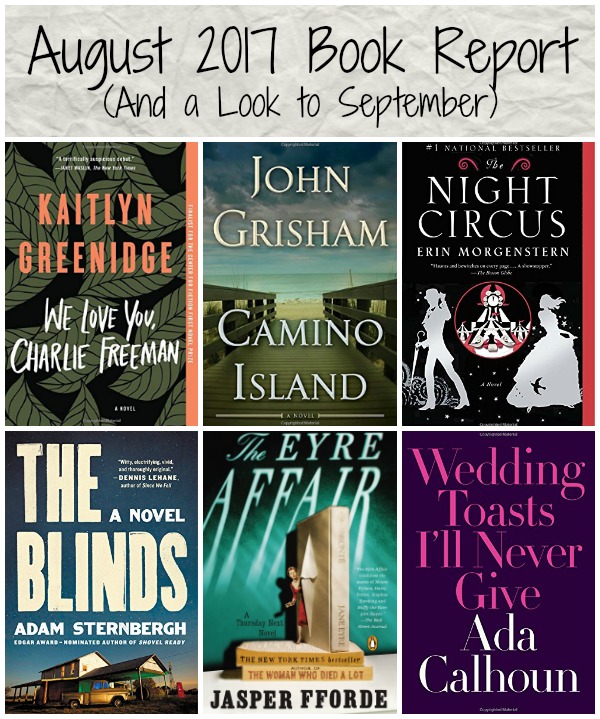
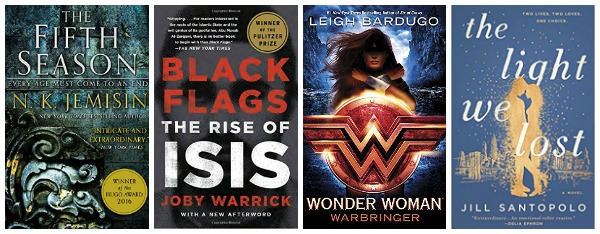

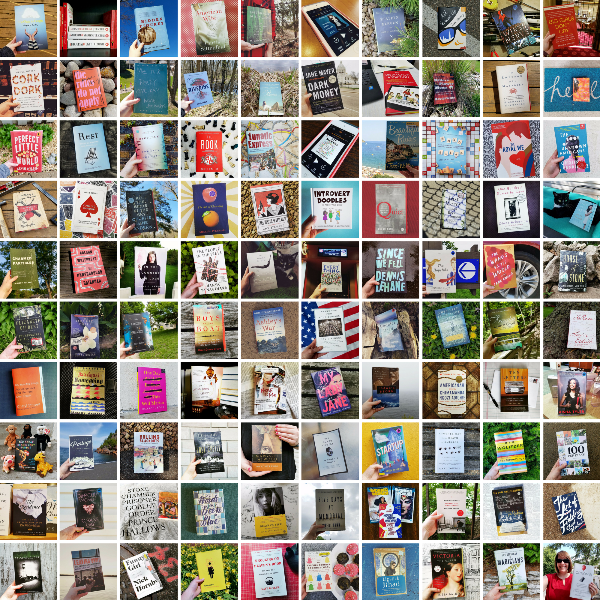
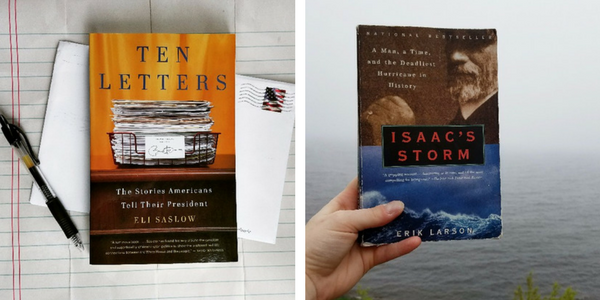
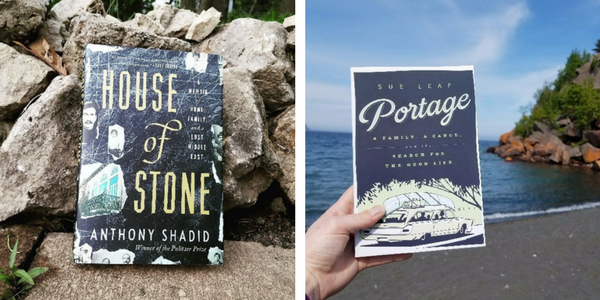
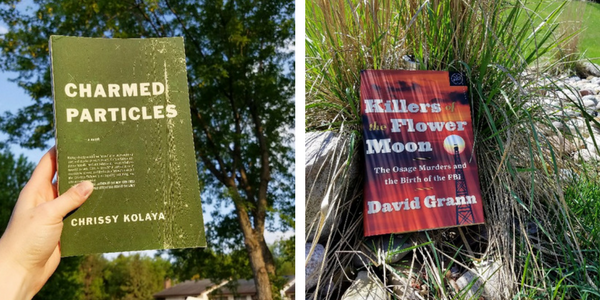
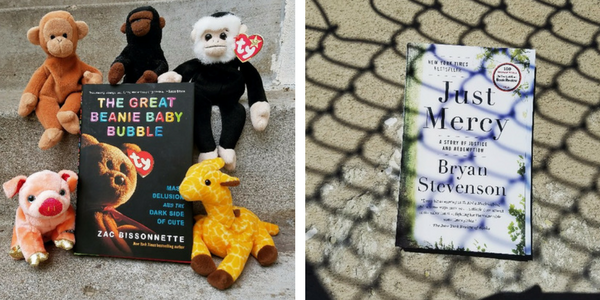
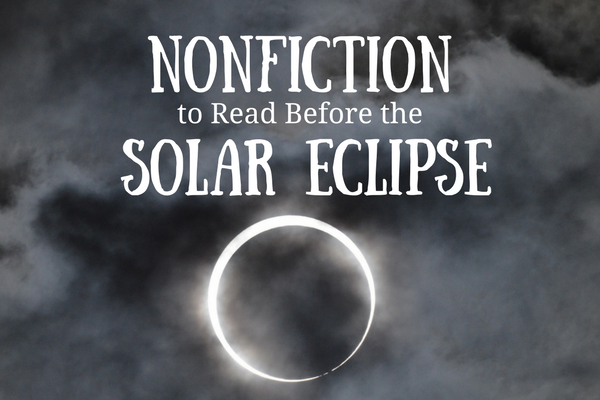
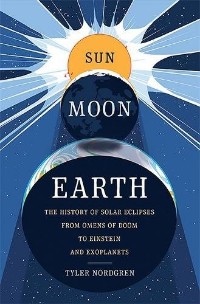 In
In 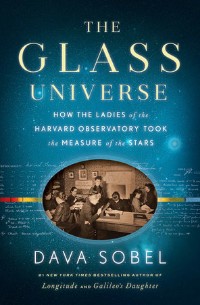 I, for one, am so excited about the wealth of books coming out about the specific contributions that women have made to science behind the scenes and without the same type of credit that their male counterparts have gotten.
I, for one, am so excited about the wealth of books coming out about the specific contributions that women have made to science behind the scenes and without the same type of credit that their male counterparts have gotten. 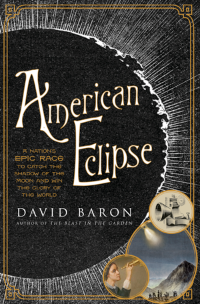 One of the last times Americans could view a total solar eclipse was July 1878, smack dab in the middle of America’s Gilded Age. Science journalist David Baron recreates what it was like in the United States at that time, looking deeply at the scientists who hoped to learn about the world during the event.
One of the last times Americans could view a total solar eclipse was July 1878, smack dab in the middle of America’s Gilded Age. Science journalist David Baron recreates what it was like in the United States at that time, looking deeply at the scientists who hoped to learn about the world during the event. 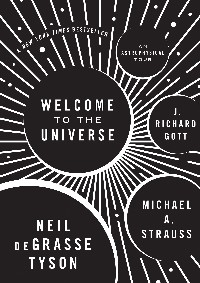 If you ever wanted to take an astronomy course with some of today’s top astrophysicists, this book is the one to pick up. Based on a lass that Tyson, Scott, and Strauss taught at Princeton,
If you ever wanted to take an astronomy course with some of today’s top astrophysicists, this book is the one to pick up. Based on a lass that Tyson, Scott, and Strauss taught at Princeton, 